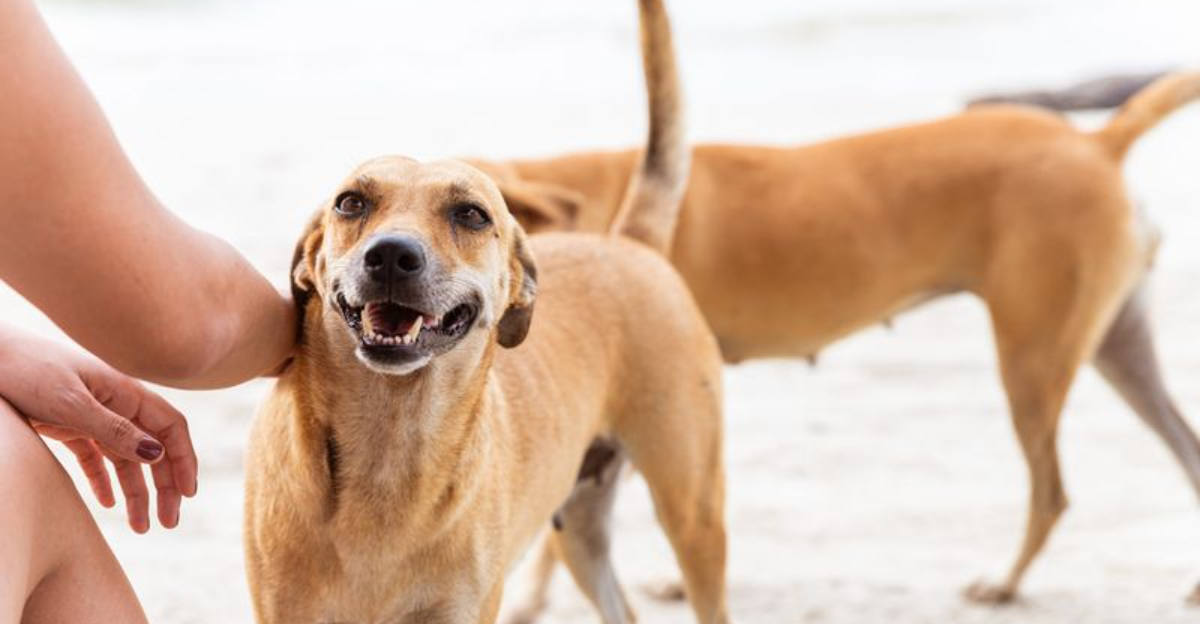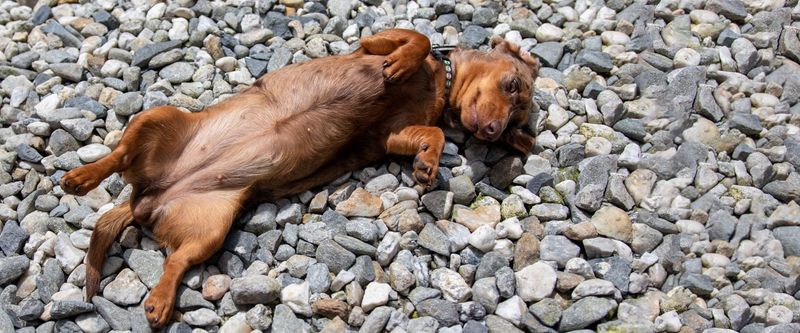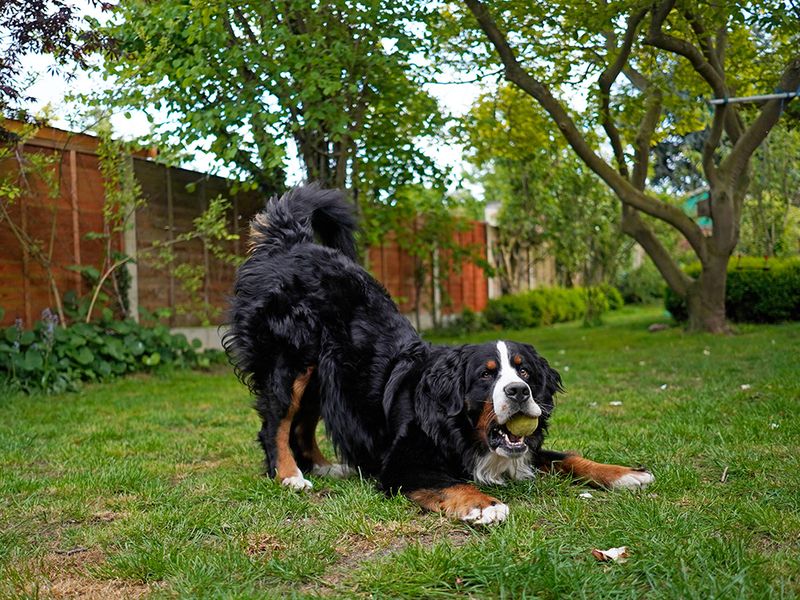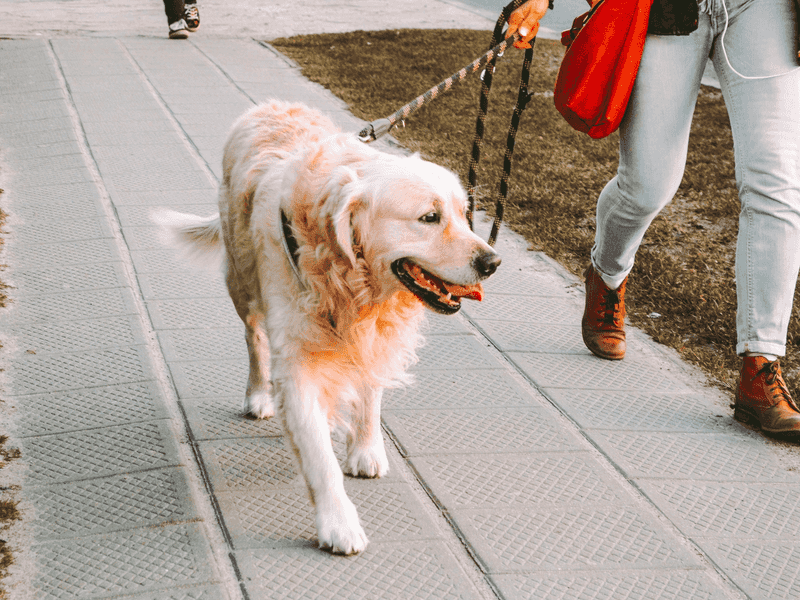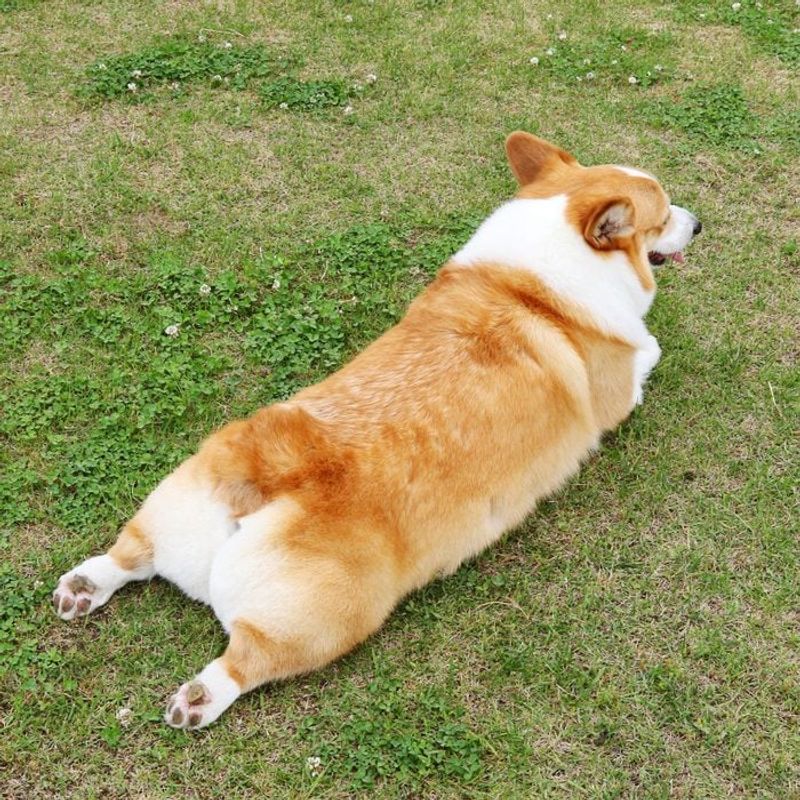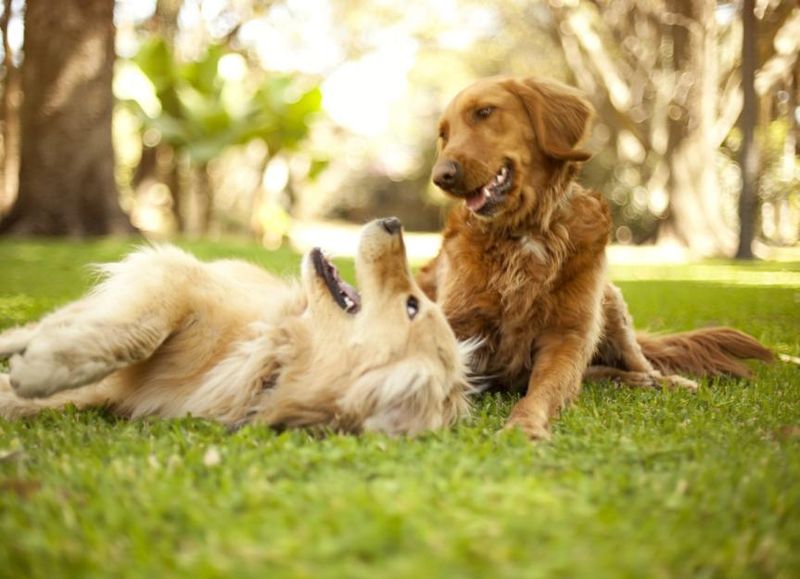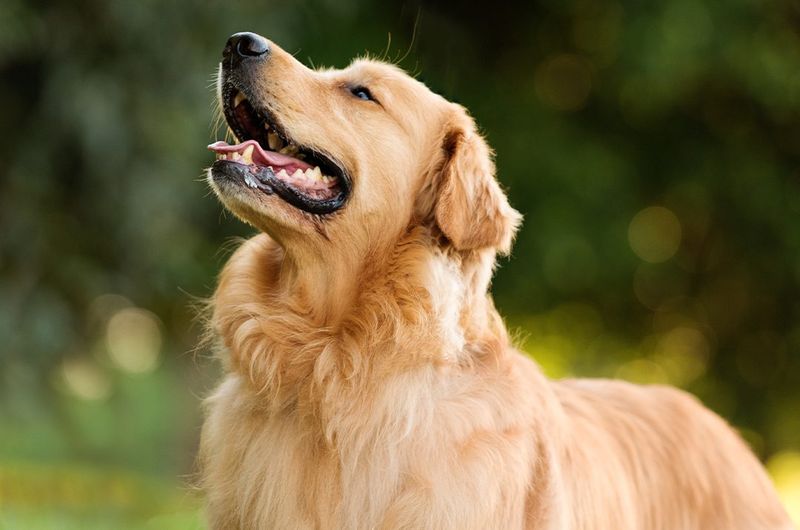Understanding your dog’s emotional state is crucial to ensuring their happiness and wellbeing. Recognizing when your dog is truly relaxed and content can strengthen the bond you share. Here are 12 signs that indicate your furry friend is feeling at ease and joyful.
Relaxed Body Posture
When your dog flops onto their back with paws up, they’re showing trust and ease. This belly-up position is a classic sign of comfort. It’s as if they’re saying, “I’m carefree and happy.”
In this state, your dog’s muscles are loose, and there’s no tension in their limbs. Often, you’ll find them adopting this pose in a warm, sunny spot or beside you on the couch. It’s a gesture that conveys their comfort in their surroundings and with you as their trusted companion.
Soft Eyes and Blink
Have you noticed your dog looking at you with soft, slow blinks? It’s a sign they’re feeling serene. Think of it as the canine equivalent of a relaxed sigh.
When dogs blink slowly, it’s their way of expressing calmness and affection. This gentle gaze often accompanies a peaceful daydream or a moment of tranquility during a walk in the park. It’s moments like these that reflect their contentment and trust. Embrace these soft-eyed stares as a testament to your nurturing care.
Playful Behavior
Playfulness is a strong indicator of a happy dog. Picture your dog exhibiting a play bow, front legs extended with a raised tail. This stance is an invite to fun and games.
Dogs often display this behavior when they’re in high spirits and ready to interact. It’s their way of saying, “Let’s have some fun!” Witnessing this gesture means your dog is in a joyous, relaxed state. Cherish these playful moments, as they are the heartwarming expressions of their happiness.
Soft, Wagging Tail
A wagging tail isn’t just a sign of excitement. Picture your dog’s tail gently swaying side to side, like a pendulum. This slow, soft wag is a universal sign of contentment. Often seen when your dog is lounging in their favorite spot, this tail wag speaks volumes. It’s a signal that says, “I’m happy and relaxed right here.”
This behavior is common when they’re chilling in familiar surroundings, feeling safe and cozy. Who knew that watching your dog’s tail could reveal so much about their mood? Next time, observe their tail language closely.
Sighs of Contentment
A deep, contented sigh can speak volumes about your dog’s feelings. Picture your furry friend taking a deep breath in, followed by a long, relaxed exhale.
This sighing sound is often heard when they’re settling down after a playful session or curling up for a nap. It’s a vocal affirmation of their satisfaction and ease. Next time you hear that gentle exhale, know that it’s a sign of their contentment, a subtle reminder of their happiness in your care.
Gentle Snoring
If your dog snores softly while napping, it’s a charming sign of relaxation. Imagine them comfortably sprawled on the couch, their breath creating a gentle, rhythmic sound.
This soft snore indicates deep rest, a state where they feel completely at home. While snoring can be associated with certain breeds, the gentle variety is often a reflection of a peaceful slumber. Enjoy these adorable moments, knowing they’re comfortable and dreaming sweetly.
Following You Calmly
When your dog follows you around in a relaxed manner, it’s a sign of their affection and contentment. Picture a Beagle, calmly padding along beside you, content with your presence.
This behavior demonstrates the bond and trust they have with their owner. It shows they’re comfortable in the relationship and enjoy your company. There’s no urgency in their steps, just a peaceful companionship that speaks volumes about their happiness with you.
Laying with Legs Outstretched
Seeing your dog lying with legs outstretched is a clear sign of relaxation. Imagine a German Shepherd sprawled out, legs extended, in a cool, shady spot.
This position indicates comfort and security, as their body’s open posture is vulnerable, showing they feel safe. Often, this pose is adopted during warm weather or after play, when they’re cooling down and resting. It’s a natural display of their ease within their environment.
Contented Eating Habits
A dog that eats slowly and contentedly is often a happy dog. Picture a Cocker Spaniel enjoying its meal at a measured pace, savoring each bite.
This relaxed approach to eating shows they’re comfortable and unhurried. They’re confident in the security of their food source, without the need to rush. Such behavior is common in environments where dogs feel at home and at ease. It’s a small yet significant sign of their happiness and well-being.
Relaxed Ears
The position of your dog’s ears can reveal a lot about their mood. Picture a Golden Retriever lying on the grass, its ears gently drooping. Relaxed ears indicate a calm and satisfied state.
This ear position shows they’re not on high alert, feeling secure in their surroundings. It’s a subtle, yet telling sign of their overall happiness. Next time, take a moment to notice how your dog’s ears rest; it’s a window into their emotional world.
Happy Vocalizations
Soft, happy vocalizations can be a delightful way dogs express their joy. Imagine a Poodle sitting by a tranquil lake, emitting gentle, content sounds.
These soft vocalizations are akin to a human chuckle, expressing happiness without excitement. It’s an endearing feature that highlights their relaxed state. When your pet vocalizes in this manner, it indicates they’re feeling pleased and at peace with their environment.
Curled Up Sleeping
When a dog curls up to sleep, it’s a comforting sight of contentment. Envision a Shih Tzu nestled into a snug ball, resting on a plush bed by the fireplace.
This position, often adopted during chilly weather, is a sign of warmth and safety. It reflects their satisfaction in the cozy environment you’ve provided. Enjoy watching them as they rest, knowing their curled-up posture is a testament to their happiness and comfort in your care.
